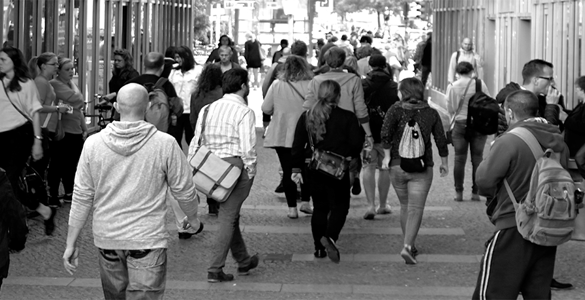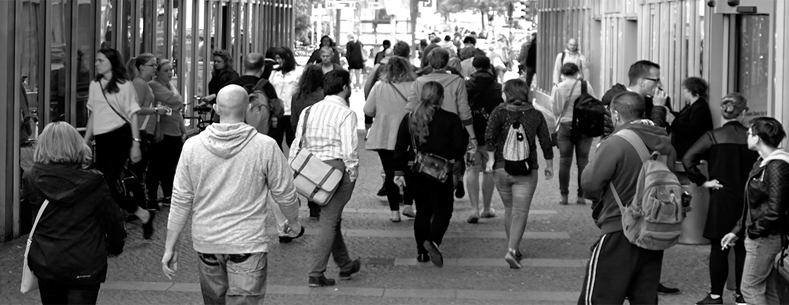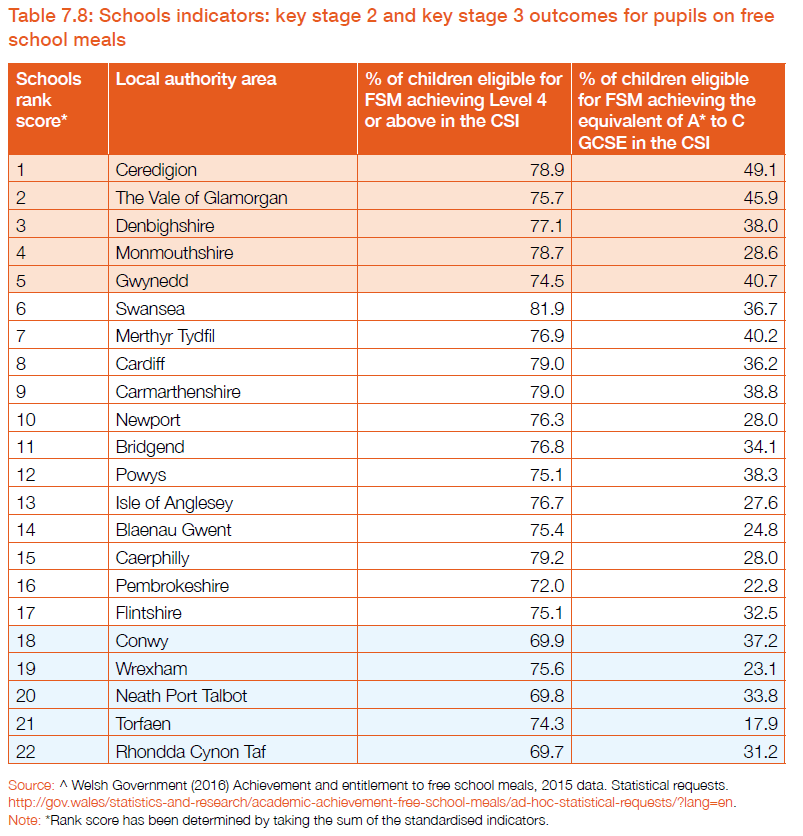Following the publication in late 2017 of its State of the Nation 2017: Social Mobility in Great Britain report, all four members of the UK Government’s Social Mobility Commission decided to stand down from their roles on the Commission, citing concerns about the lack of progress towards a ‘fairer Britain’.
The State of the Nation report warned that:
Britain is a deeply divided nation. Those divisions take many forms. Class, income, gender, race. In recent years, each has been the subject of much scrutiny. But one form of division that has received far less attention is that based on geography.
So, what is the state of social mobility in Wales?
Poverty
Analysis undertaken by the Social Mobility Commission shows that almost a quarter (23%) of all individuals in Wales live in poverty – ‘higher than in all regions in England and Great Britain, except London and the West Midlands’. While the Joseph Rowntree Foundation’s UK Poverty 2017 report, explains that of the four UK nations, Wales consistently has the highest levels of poverty, and these levels are only slightly lower than London, and similar to those of the North East. 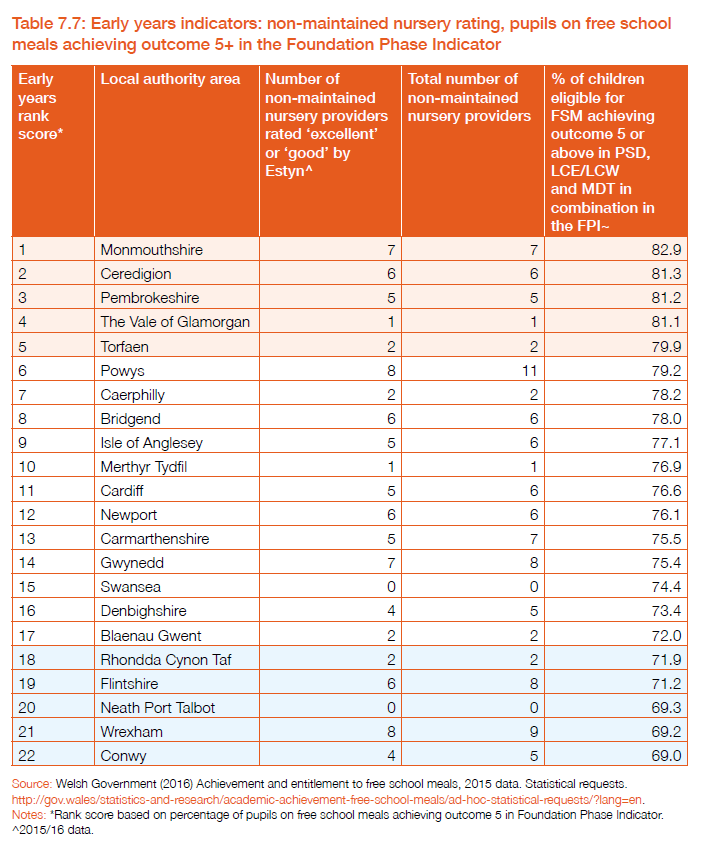
Early years
The Social Mobility Commission’s State of the Nation report provides a breakdown of the performance of each local authority area across four life stages – early years, schools, youth and working lives. Early years performance indicators are ‘non-maintained nursery rating’ and ‘the proportion of pupils receiving free school meals achieving an outcome of 5+ in the Foundation Phase Indicator’.
Monmouthshire delivers the best outcomes for disadvantaged children during their early years, with almost 83% of children eligible for free school meals achieving outcomes of 5 or above in the Foundation Phase Indicator. The lowest performing area was Conwy, with 69% of children achieving 5 or above in the Foundation Phase Indicator. The report goes on to explain that:
There is no strong correlation between rural and urban outcomes at this life stage, with both types of areas having strong and weak performers. There is some correlation between levels of deprivation and early years outcomes. Youngsters from disadvantaged backgrounds in areas with the lowest concentration of deprived places, such as Ceredigion and Monmouthshire, are generally achieving better outcomes than those in areas with some of the highest concentration of deprived places, such as Rhondda Cynon Taf and Neath Port Talbot.
Schools
The State of the Nation report’s performance indicators for schools are Key Stage 2 and Key Stage 3 outcomes for pupils receiving free school meals. The report shows that in the school years, the poorer performers are largely the same as in the early years, however, there are some significant movements amongst the top performers. Torfaen moves from being a top performer in the early years, to the second worst performer in schools. While Denbighshire and Gwynedd move from being relatively poor performers in early years to top performers in schools, with particularly strong outcomes at Key Stage 4.
According to the Joseph Rowntree Foundation’s UK Poverty 2017 report, the attainment gap between children from richer and poorer backgrounds at the age of 11 years old has fallen in recent years from 26% to 14%. However, by the age of 16 years old (Key Stage 4) the attainment gap is 31%. The State of the Nation report explains that at Key Stage 4 the biggest attainment gaps are to be found in some of the least deprived areas of Wales. Monmouthshire has the lowest concentration of deprived areas in Wales but has an attainment gap for disadvantaged pupils of over 41%. 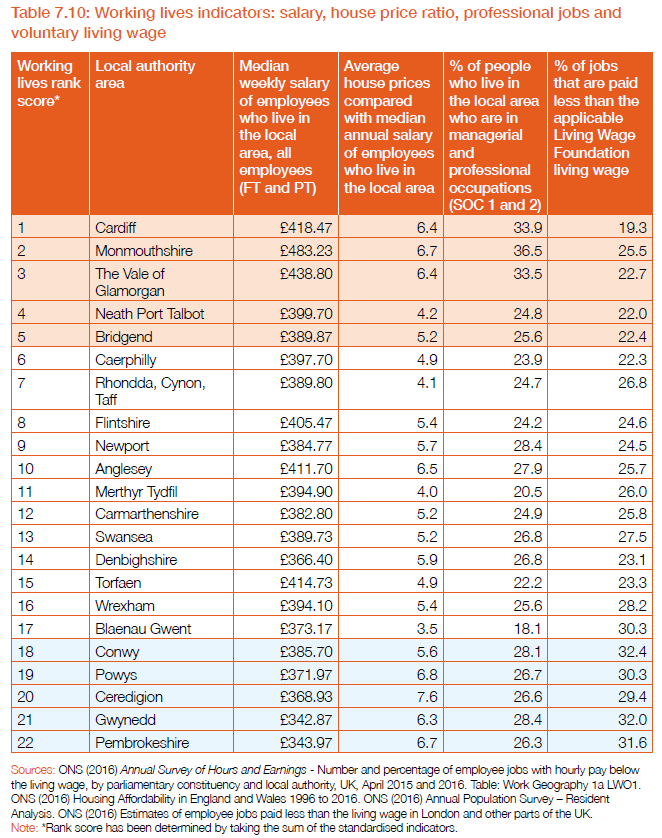
Working lives
The State of the Nation report performance indicators for working lives are salary, house price ratio, the percentage of people in professional jobs and the percentage of jobs receiving less than the voluntary living wage.
The report states that south Wales dominates the best performing local authority areas in relation to working lives, with Cardiff having the second highest proportion of residents in professional and managerial jobs and the lowest percentage of jobs that are paid less than the living wage. Areas in the west of Wales – Pembrokeshire, Gwynedd and Ceredigion – score poorly for work life, with the report suggesting that ‘employment is limited in these areas, with half of all jobs located in south east Wales’.
The report goes on to note that:
Apart from Cardiff, the major cities in Wales do not provide the best outcomes for their residents in their working lives. Newport, Swansea and Wrexham all deliver average outcomes on jobs, wages and housing. This is similar to the outcomes of English cities, which also do badly in this life stage, but a key difference is that whereas in England the most expensive places to live are the cities, in Wales housing is most expensive in the more rural, but affluent, areas, such as Ceredigion, Monmouthshire and Pembrokeshire.
According to the State of the Nation report, median weekly salaries are lower in Wales than in England - £393 compared to £434 – which it believes can partly be explained by a lack of high earners, stating that Wales has a high proportion of jobs in retail and wholesale, and health and social care, which are typically lower-paid sectors.
The report goes on to explain that 26% of people in Wales earn below the voluntary living wage, 5 percentage points higher than in Scotland, but lower than some English regions. However, the employment rate in Wales is 3 percentage points lower than the average in Great Britain.  The National Assembly’s Equalities, Local Government and Communities Committee is undertaking a long-term programme of work looking at poverty in Wales, while the Children, Young People and Education Committee is undertaking an inquiry into Targeted Funding to Improve Educational Outcomes.
The National Assembly’s Equalities, Local Government and Communities Committee is undertaking a long-term programme of work looking at poverty in Wales, while the Children, Young People and Education Committee is undertaking an inquiry into Targeted Funding to Improve Educational Outcomes.
Article by Megan Jones, National Assembly for Wales Research Service




